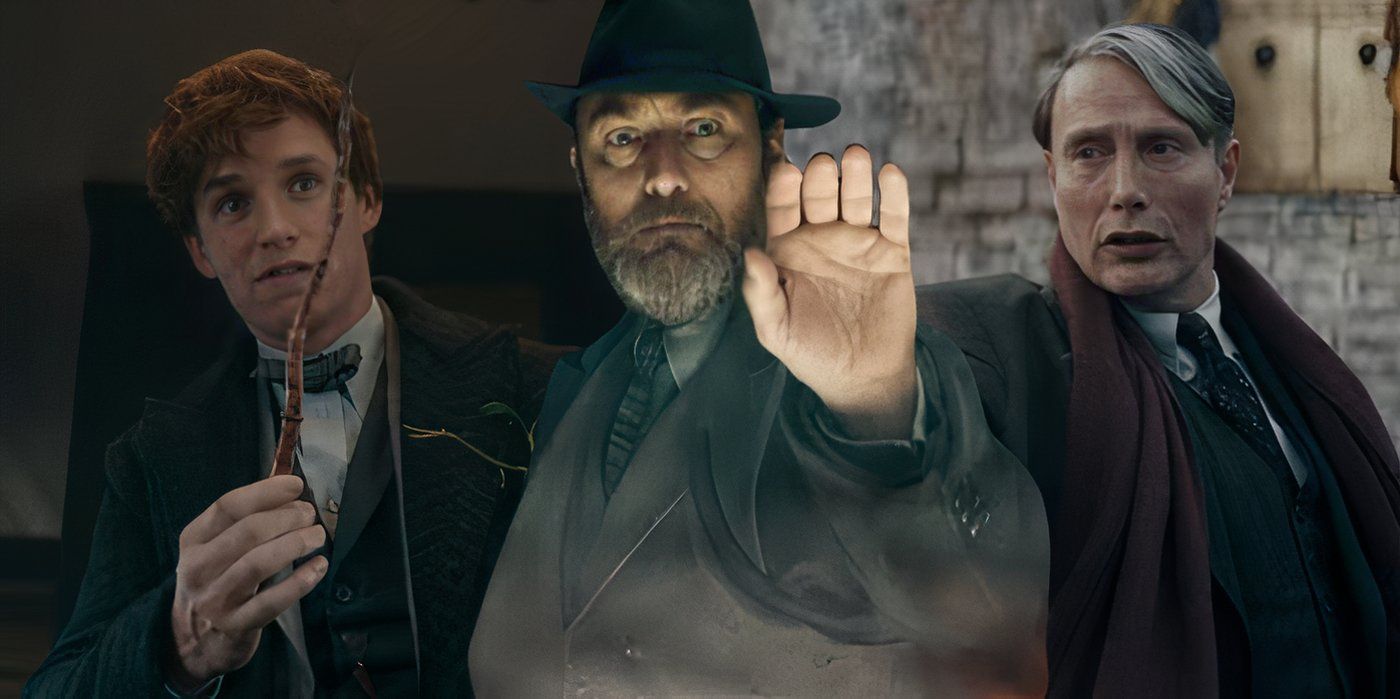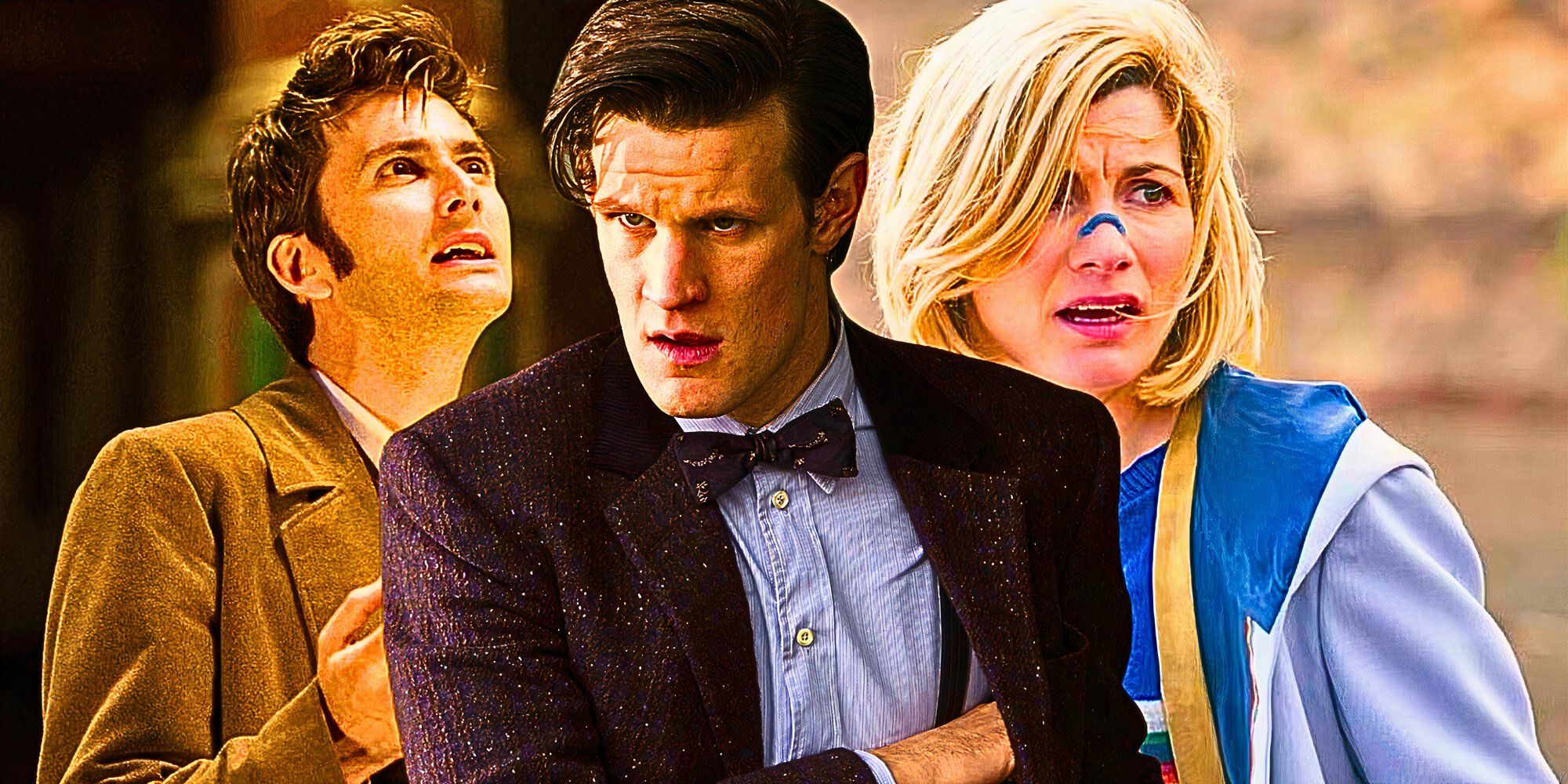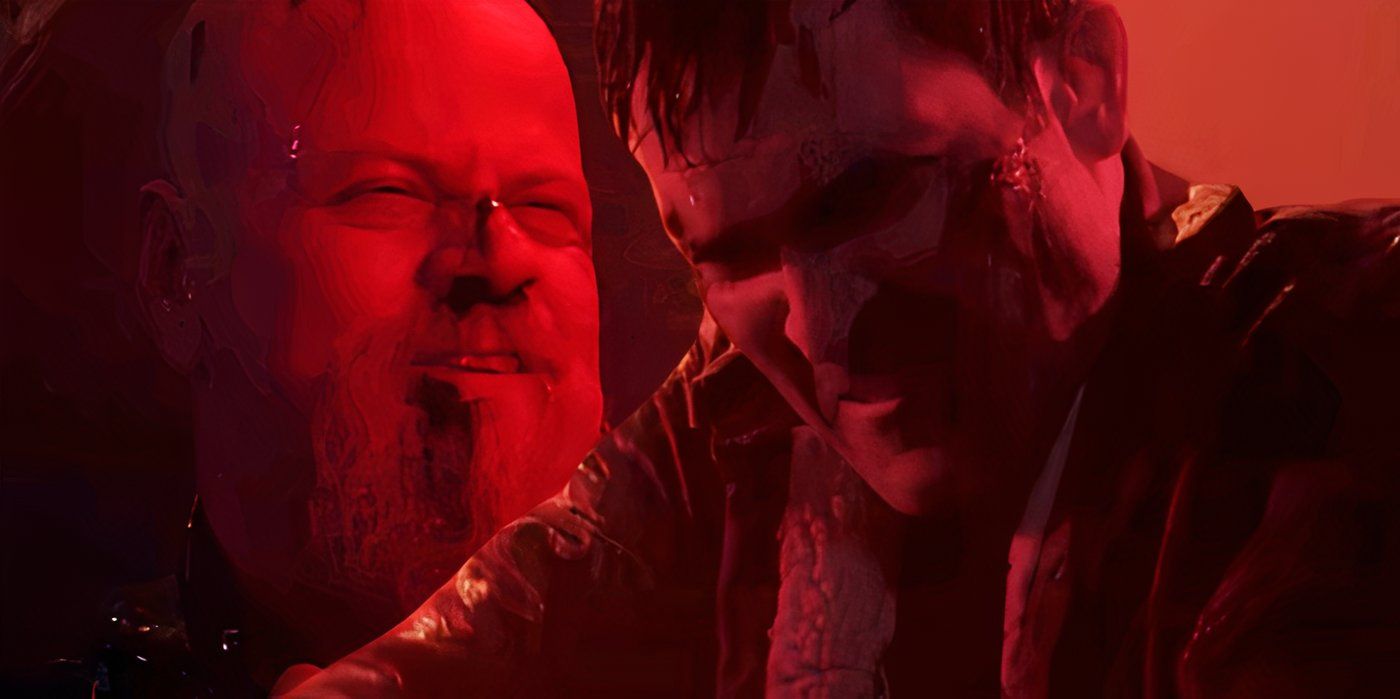Just in time for Halloween, “Coraline” is back (once again!) in theaters, but now remastered with some sound and color adjustments and 3D effects.
After a great summer in the box office following its 15-year anniversary re-release, the adventurous little girl returned to theaters on Oct. 31 and Nov. 1. Earning $53 million globally, the stop-motion film proved that it’s still a hit a generation later.
“To turn up and watch it with my kids in a theater, that’s a really special opportunity that we have,” said Ollie Jones, one of the original film’s animators who’s now head of practical effects at Laika. “It’s extraordinary to be able to really engage again with an audience.”
He said that “Coraline’s” continuous success meant the movie had entered a status of “cultural consciousness,” any filmmaker’s dream. “When we were making it, Caroline was a success, but did we think it was a 20 year comeback anniversary kind of success?”
Jones shared a sweet anecdote that encapsulated this full circle moment in his career, “I was watching ‘The Nightmare Before Christmas’ last night, and I remember being teen, and thinking, ‘I’d love to make a film that I could walk through Camden 10 years after its release, and see the face of the characters from that film in those market stalls like that would be so awesome.’ And now we’re at that point where it’s just like, it’s there! It’s like it has its place in culture! Which I think, 15 years on, that’s only a testament to the decision making that was happening at the time. I think it’s really special.”
The re-release opens the doors to a new cohort of children to fall in love with the odd tween girl with the yellow raincoat, or become completely terrified by Other Mother. Ironically, among those appreciating the stop-motion classic for the first time are “Coraline’s” own creators.
“For us, enough time has passed that all the trauma from actually making the film is dissipated. Enough so, it made it even more special. We went as a group to go see it in the theater, just in a normal theater not as a company outing. So there were just other people coming to the screening as well. And it was so amazing to just watch the movie and just be able to enjoy it as its own entity,” said Sid Tucker, head of marketing and puppet restoration now and an original animator. She explained how watching the film before it released meant reviewing its content, the music, moves, mannerisms, evaluating them and starting again. She noted she would get attached to the placeholder music or scenes that ended up being cut: “Sometimes it’s really hard to just appreciate the final film as a whole and just enjoy it. And it’s taken me years to get over the memories, to wash and be able to see it as its entire film, instead of all of these parts and memories in my head.”
Rewatching the film also resurfaced memories from the process. The beauty of stop-motion is that everything must be made by hand, even more so back in 2006 when the film began its production. The infamously scary tunnel connecting Coraline to her Other Mother was made with an air hose attached to a glue gun sprayed over wires to get that cobweb effect. Likewise, Mr. Bobinsky, while a great circus man who can pirouette and trapeze on film, actually was not so nimble and flexible in real life, having to be repaired almost weekly due to his extreme stunts. “We gave him to our most careful — and I mean that sarcastically — animator, which is Brad Schiff, and he breaks everything he touches,” Jones said. “So I can only imagine he forced that puppet into doing everything that you see.”
So, why has “Coraline” resonated still to this day? Simply put, the animated movie and young heroine were ahead of their time.
“It’s the first time that there was a male character solely designed to forward the female protagonist story,” said Tucker, referring to the character of Wybie.
Jones explains the thought process behind creating Coraline’s personality and how it all anchored on accurately depicting a 12-year-old girl, flaws and all. “We probably were looking at her thinking, well, she’s a bit Brattish at the beginning, right? Is she likable? Is she not like how we are? How are we getting in here? And the fact that she’s relatable was the most important thing. That it was less of a criticism on her personality, and just the fact that she felt like she was somebody that you knew, or that you had kids that were like her. Kids could actually look at and say, ‘Oh yeah, I recognize that. I recognize that in myself.’ She becomes brave even when she’s scared. That portion of it really was somewhat uncommon in that landscape, and I feel like it resonates even more today than it did 15 years ago.”





:quality(85):upscale()/2024/11/05/936/n/1922153/cc2bbd68672a8e1588a964.53876938_.webp)


:quality(85):upscale()/2024/10/11/958/n/24155406/e0150f5b6709a009125209.52834453_.jpg)
 English (US) ·
English (US) ·